Rising Healthcare Expenditure
An increase in healthcare expenditure across various regions is contributing to the growth of the Thyroid Function Test Market. As governments and private sectors invest more in healthcare infrastructure, access to diagnostic services, including thyroid function tests, is improving. This trend is particularly evident in emerging economies, where rising disposable incomes enable individuals to seek medical care more readily. Enhanced healthcare budgets allow for the procurement of advanced diagnostic equipment and training for healthcare professionals, further facilitating the adoption of thyroid function tests. Consequently, the Thyroid Function Test Market is likely to experience robust growth as healthcare systems evolve to meet the increasing demand for comprehensive diagnostic services.
Enhanced Awareness of Thyroid Health
The growing awareness of thyroid health among the general population is a crucial driver for the Thyroid Function Test Market. Educational initiatives and advocacy campaigns have played a pivotal role in informing individuals about the symptoms and risks associated with thyroid disorders. As more people recognize the importance of thyroid function in overall health, the demand for testing is expected to rise. This heightened awareness is particularly relevant in regions where thyroid disorders have historically been underdiagnosed. Furthermore, social media and online platforms have facilitated the dissemination of information, empowering individuals to seek testing proactively. The Thyroid Function Test Market is likely to benefit from this trend, as increased awareness translates into higher testing rates and improved health outcomes.
Growing Focus on Preventive Healthcare
The increasing emphasis on preventive healthcare is a significant factor driving the Thyroid Function Test Market. As healthcare systems shift towards proactive management of health conditions, routine screening for thyroid disorders is becoming more commonplace. This trend is supported by initiatives aimed at early detection and intervention, which can lead to improved health outcomes and reduced healthcare costs. Moreover, public health campaigns that educate individuals about the importance of thyroid health are likely to enhance screening rates. The Thyroid Function Test Market stands to benefit from this paradigm shift, as more individuals seek testing as part of their regular health check-ups. This proactive approach to health management is expected to sustain market growth in the coming years.
Increasing Prevalence of Thyroid Disorders
The rising incidence of thyroid disorders, including hypothyroidism and hyperthyroidism, is a primary driver for the Thyroid Function Test Market. According to recent estimates, approximately 12% of the population may develop a thyroid condition during their lifetime. This growing prevalence necessitates regular screening and monitoring, thereby propelling demand for thyroid function tests. As awareness of thyroid health increases, healthcare providers are more likely to recommend these tests, contributing to market growth. Furthermore, the aging population is particularly susceptible to thyroid dysfunction, which further amplifies the need for effective diagnostic tools. Consequently, the Thyroid Function Test Market is poised for expansion as healthcare systems adapt to meet the rising demand for accurate and timely thyroid assessments.
Technological Innovations in Diagnostic Tools
Technological advancements in diagnostic tools are significantly influencing the Thyroid Function Test Market. Innovations such as high-throughput screening methods and point-of-care testing devices enhance the accuracy and efficiency of thyroid function assessments. For instance, the introduction of automated analyzers has streamlined laboratory processes, reducing turnaround times for test results. Additionally, the integration of artificial intelligence in diagnostic platforms is expected to improve the interpretation of thyroid function tests, leading to better patient outcomes. As these technologies become more accessible, healthcare providers are likely to adopt them, thereby driving growth in the Thyroid Function Test Market. The continuous evolution of testing methodologies suggests a promising future for the industry, as it adapts to the needs of both clinicians and patients.


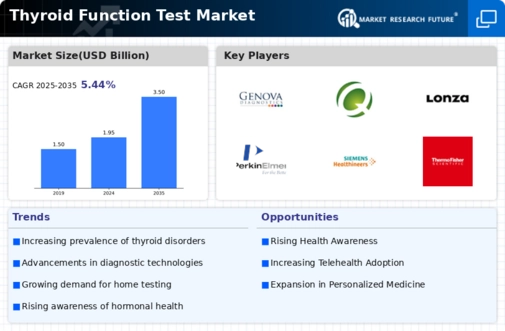


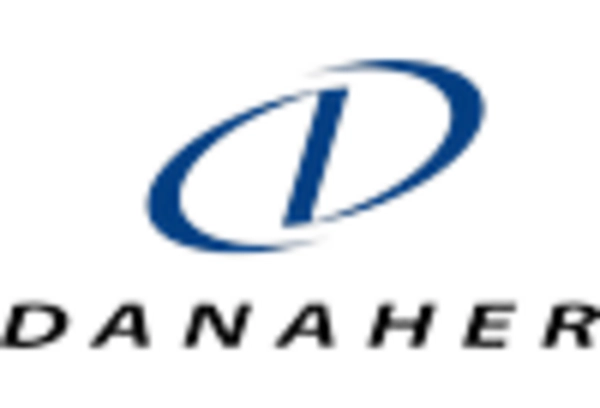
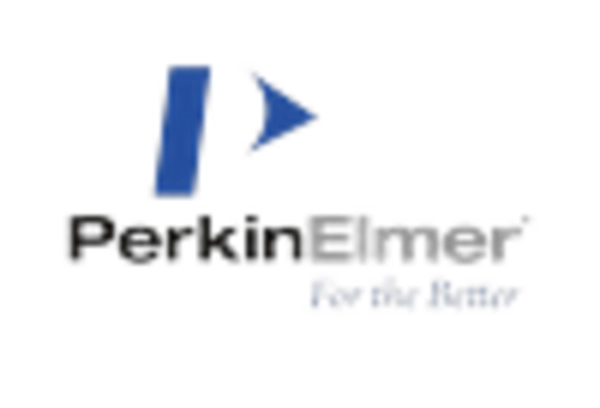
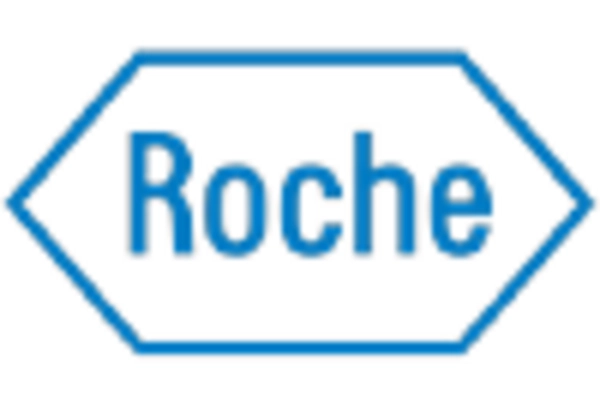
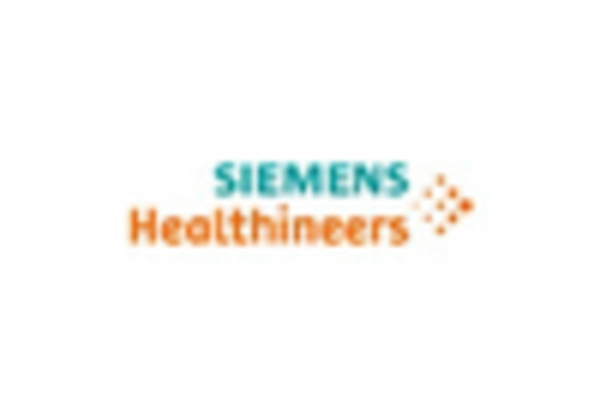
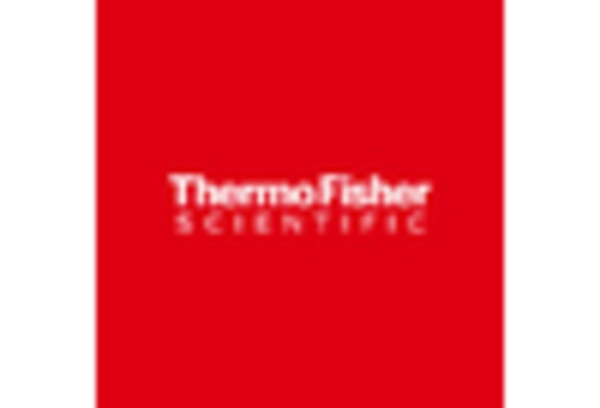








Leave a Comment